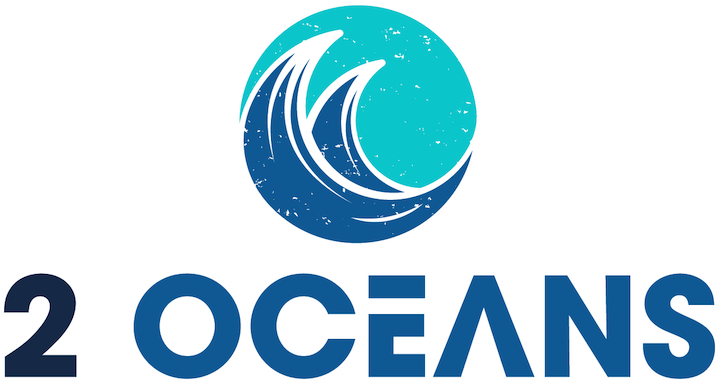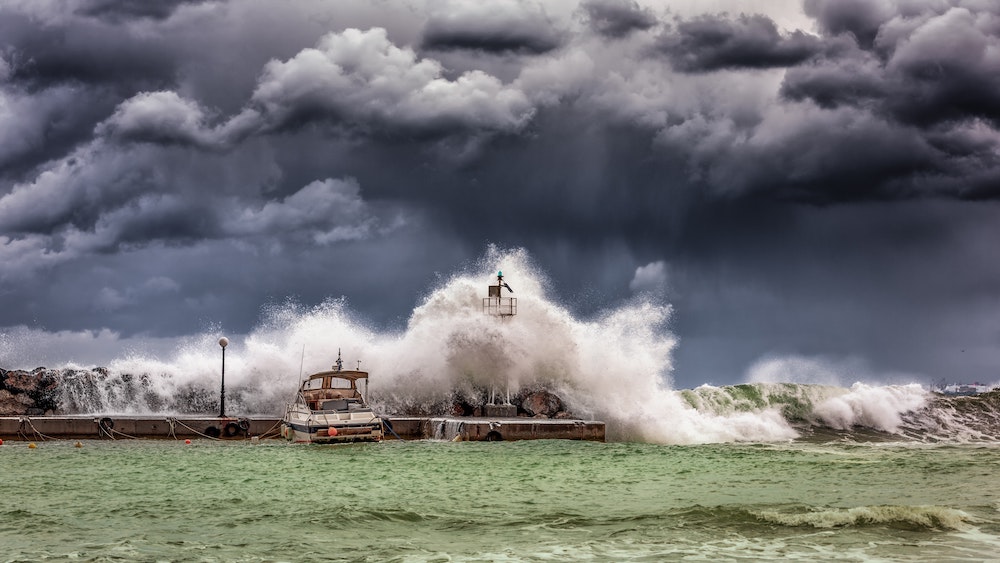When Hurricane Dorian struck land in September 2019, the Category 5 storm left a trail of devastation all the way up the Eastern Seaboard of North American from the Caribbean to Canada. Shortly after, officials in the Bahamas reported more than 40 deaths, with hundreds more missing and widespread destruction leaving some 70,000 people homeless. In Nova Scotia, wind speeds reached a whopping 100 miles per hour, battering the coastline and causing half a million customers to lose power.
Despite experts having more than a week between the storm’s birth as a tropical wave on August 24 and landfall on September 1, havoc ensued. What if all that death and devastation could’ve been prevented?
One forward-thinking man believes he can do just that.
Who is Bruce Morton
Bruce Morton is an aerospace engineer and literal rocket scientist. In addition to contract positions with giants such as Lockheed Martin, GE and Raytheon, Morton has held several other roles throughout the aerospace, intelligence and defense industries. Spurred on by the 3,318 fatalities and $329.9 billion in damage caused by hurricanes over the last two decades as well as NASA’s prediction that global climate change could lead to a rise in severe hurricanes, Morton has devised a fascinating idea.
Disrupting Hurricane Formation: A Solar-Based Solution
Morton’s concept involves collecting solar radiation, converting it into microwave energy and transmitting it to Earth. That microwave energy can then be focused on nonsymmetrical segments of tropical depressions, which are typically circular and rotate slowly. By interrupting the upward and downward motion of air, water and water vapor within the depression, the microwave energy essentially destabilizes and destroys the depression and its potential. Rather than progressing into a storm and then, eventually, a hurricane, the depression dissipates and fades back into the elements.
Setting Up the Storm-Fighting Infrastructure
Morton’s plan relies on a network of space-based platforms used to harness solar radiation. Each platform would need an output capacity in excess of several thousand megawatts — at least double or triple the 829-megawatt capability of the Three Mile Island nuclear power plant in 2012 — and getting the equipment into space would require multiple rocket launches. The good news is that commercial space launches are becoming much more commonplace and therefore far more affordable.
Hurricane Disruption in Action
Ideally, Morton’s hurricane disruption system would benefit from the same identification and tracking methodologies already in place. When a tropical depression forms, ships and aircraft receive a danger notice and are warned to steer clear of the affected area. The hurricane disruption system would issue a similar order before launching into action, helping to protect and redirect anyone in the nearby airspace or water before beaming microwave energy into the depression.
As an additional benefit, microwave energy can be used even when storms aren’t prevalent. Annual hurricane season in the North Hemisphere runs from June through November, with activity beginning to peak in mid-August. Outside of those times, stored microwave energy could be used to generate earth-based solar power to help run the hurricane prevention system. It’s a way to use the machinery to pay for its own operation, and there may be even more applications possible in the future.
Though we have effective systems for tracking hurricanes, we have yet to turn that knowledge into a practical process for disrupting formation or at least influencing the path of a hurricane. Bruce Morton’s patent-pending solution (he submitted his application in 2019) could be the answer, help to save lives, limit property damage and forever change how we interact with Mother Nature.

